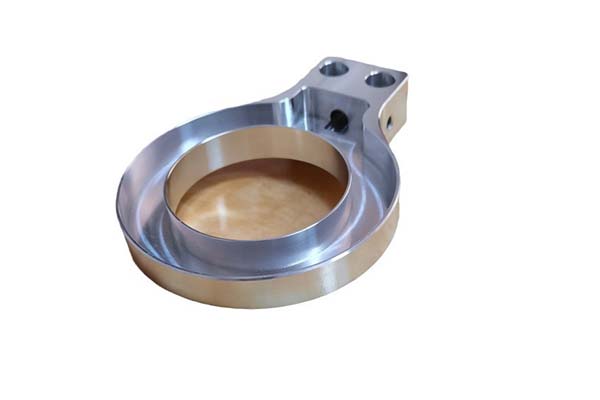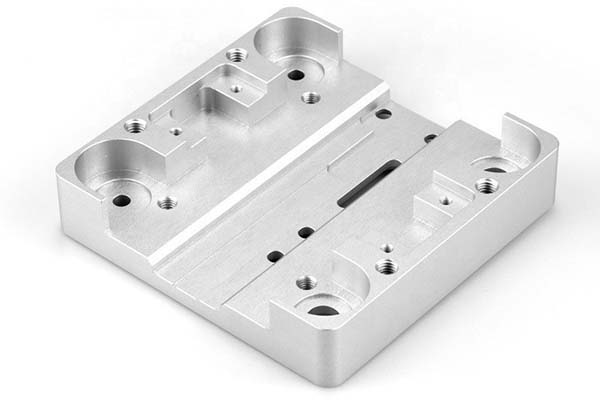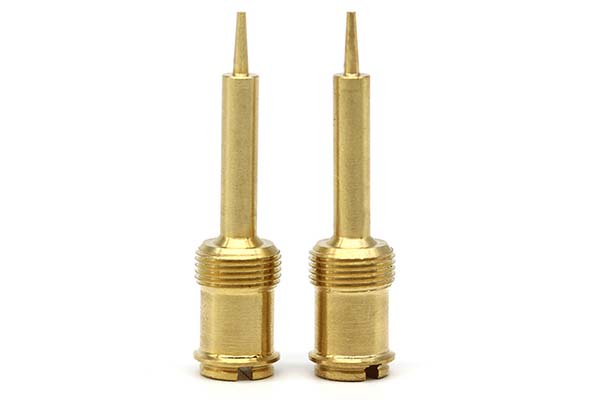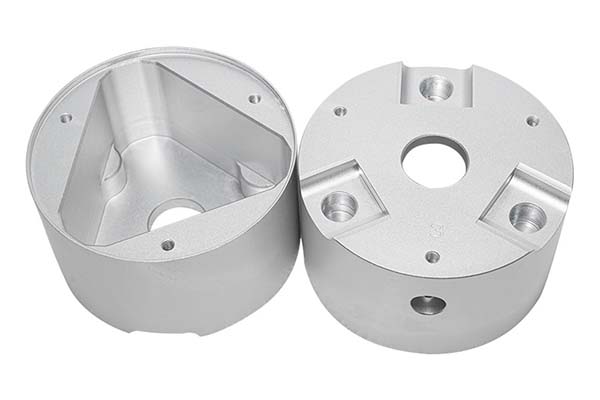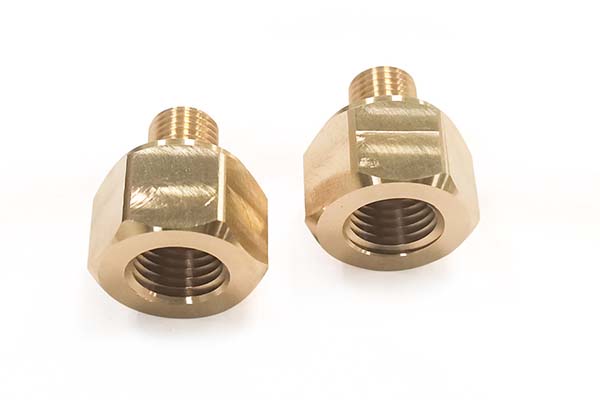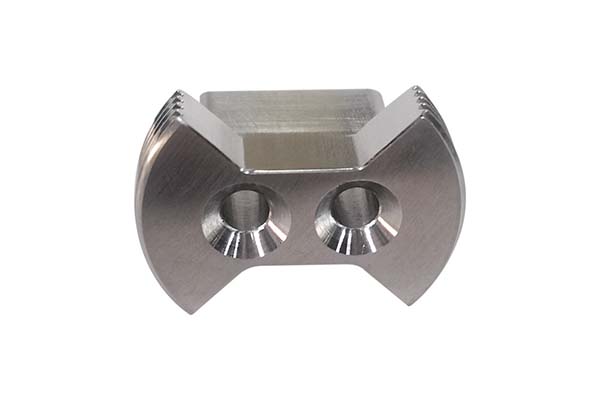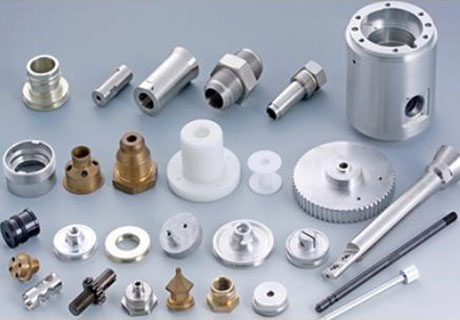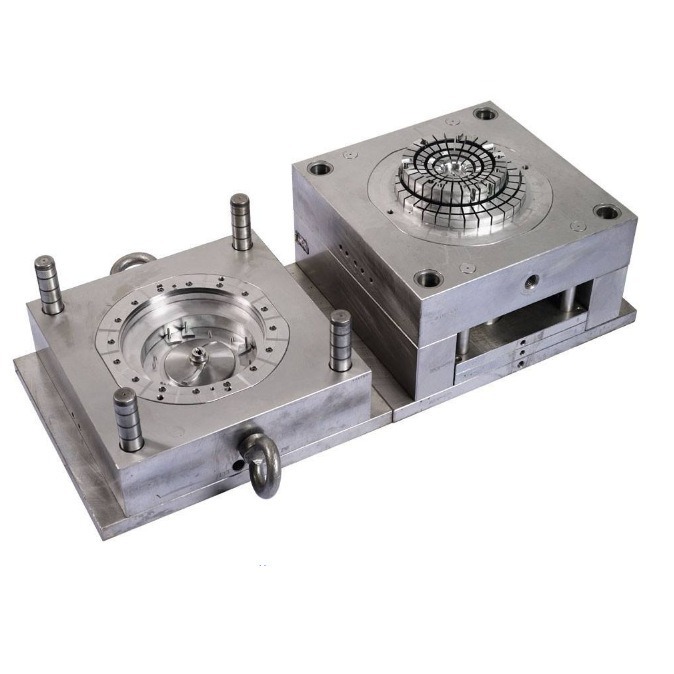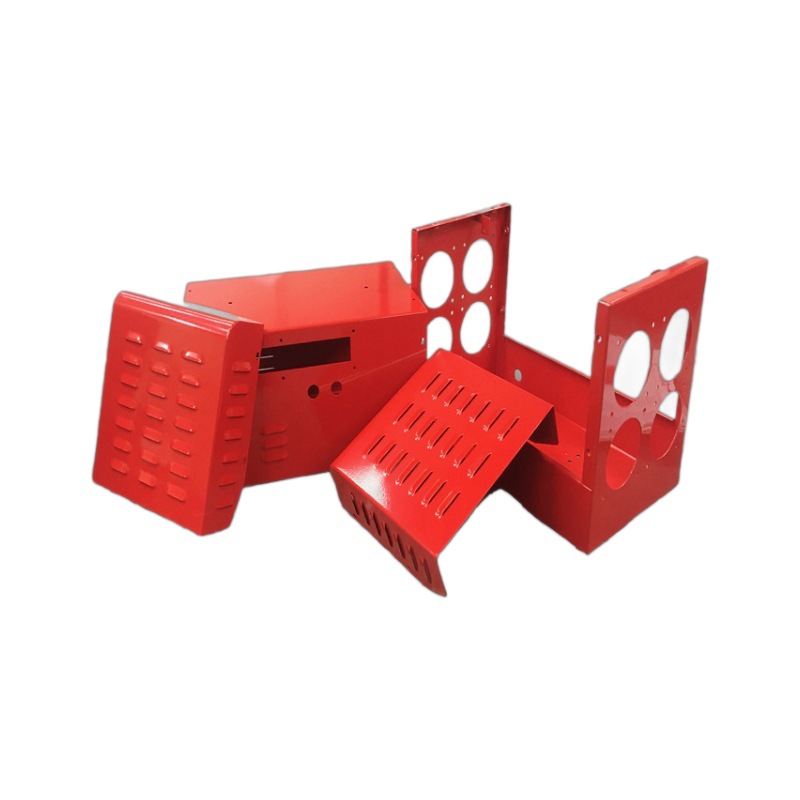Manufacturing small, complex parts—like medical device components or aerospace fasteners—has long been a challenge. Traditional lathes often struggle with long, slender workpieces, which can flex or vibrate during machining, leading to poor precision. Tight tolerances (think ±0.001 mm) are nearly impossible to achieve manually, and producing consistent parts in batches is a constant battle. This is where CNC Swiss machining steps in. But what makes this technology so effective for tiny, intricate parts? Let’s dive into every detail.
1. CNC Swiss Machining Technology
1.1 The Basics of Swiss-Type Lathes
At the core of this technology is the Swiss-type lathe, originally developed in Switzerland for watchmaking—where tiny, precise parts are non-negotiable. Unlike standard lathes, Swiss-type machines hold the workpiece with a guide bushing close to the cutting tool. This minimizes deflection, even for long, thin parts (like a 1mm-diameter medical needle), ensuring stability during machining.
1.2 Key Features: Simultaneous Operations and Automation
Simultaneous operations are a game-changer. A Swiss-type lathe can perform turning, milling, and drilling at the same time using a tool turret with multiple stations. For example, while one tool is turning a shaft, another can mill a flat on the same part—reducing production time by up to 50% compared to sequential machining.
CNC automation further enhances efficiency. Bar feeding systems load long bars of material (up to 12 feet) into the machine, allowing unattended operation for hours. This is ideal for high-volume runs of small parts like electronics connectors. High-speed machining capabilities—spindles reaching 10,000 RPM or more—ensure quick, precise cuts, even on hard materials like titanium.
2. CNC Swiss Machining Equipment
2.1 Swiss-Type Lathes and Multi-Spindle Machines
Swiss-type CNC lathes are the primary cnc equipment, available in 3-axis to 9-axis configurations. More axes mean more simultaneous operations—critical for complex parts like a surgical screw with threads, slots, and a tapered tip. Multi-spindle machines take this further, machining multiple parts at once. A 6-spindle Swiss machine can produce 6 parts per cycle, drastically increasing output for automotive pins or electronics pins.
2.2 Supporting Equipment
Bar feeders ensure a steady supply of material, reducing downtime. Guide bushings (made from hardened steel or carbide) support the workpiece, with sizes as small as 1mm for micro-parts. Tool holders secure tiny cutting tools (end mills as small as 0.01mm in diameter) for intricate work.
CNC controllers (like Fanuc or Siemens) manage all operations, with user-friendly interfaces for programming. Coolant systems deliver high-pressure coolant (up to 1,000 PSI) to flush away chips—vital for preventing buildup that could damage delicate parts. Chip removal systems keep the workspace clean, especially important when machining metals like brass, which produce fine chips.
3. Materials Used in CNC Swiss Machining
3.1 Metals and Alloys
Metals are the most common materials. Aluminum (lightweight, easy to machine) is used for consumer products like pen components. Stainless steel (corrosion-resistant) is ideal for medical instruments or food processing parts. Brass and copper (excellent conductors) are perfect for electronics connectors.
Alloys like titanium (strong, biocompatible) are used in medical implants, while superalloys (e.g., Inconel) withstand high temperatures in aerospace components. Even exotic materials like tungsten carbide (extremely hard) or ceramics (heat-resistant) can be machined with specialized tools.
3.2 Plastics and Other Materials
Plastics such as PVC, ABS, and polycarbonate are machined for parts like toy components or lightweight electronics enclosures. Composite materials (e.g., carbon fiber-reinforced polymers) are used in robotics for strong, lightweight shafts. Even soft materials like wood or foam can be processed, though they’re less common.
4. Applications of CNC Swiss Machining
4.1 Medical and Aerospace Industries
In medical devices, Swiss machining produces parts like surgical scissors (with sharp, precise edges), orthopedic screws (with tight thread tolerances), and catheter tips (small enough to fit in blood vessels). These parts often require tolerances of ±0.0005 mm to ensure safety and functionality.
Aerospace components like fasteners, hydraulic fittings, and turbine blades rely on Swiss machining for precision. A titanium aerospace pin, for example, must fit into a hole with zero play to withstand extreme G-forces during flight.
4.2 Automotive, Electronics, and Beyond
Automotive parts such as valve stems, fuel injector pins, and transmission shafts benefit from the consistency of Swiss machining. In electronics, tiny connectors (some smaller than a grain of rice) are produced in high volumes with perfect alignment.
Even consumer products like high-end pens (with smooth, precise threading) and firearms (gun barrels with rifling) use Swiss machining. Robotics components—like precision shafts for gears—depend on its ability to produce slender parts with minimal deflection.
5. Advantages of CNC Swiss Machining
5.1 Precision and Consistency
High precision is its biggest strength. Swiss machining achieves tolerances as tight as ±0.0001 mm—critical for parts like medical implants that interact with the human body. Consistency and repeatability mean the 10,000th part is identical to the first, reducing waste and rework.
5.2 Efficiency and Cost Savings
Complex geometries—like internal threads, cross-drilled holes, or tapered surfaces—are easy to produce in one setup, eliminating the need for multiple machines. This reduced setup time cuts labor costs.
Increased productivity comes from simultaneous operations and high-speed machining. A study found that Swiss machines produce small parts 30–70% faster than traditional lathes. For small to medium runs (100–10,000 parts), it’s far more cost-effective than other methods.
5.3 Surface Finish and Material Waste
Enhanced surface finish (Ra values as low as 0.05 μm) reduces the need for post-processing, saving time. Reduced material waste is another benefit—precise cuts mean less scrap, especially important for expensive materials like titanium.
6. CNC Swiss Machining Processes
6.1 Core Machining Operations
Turning shapes the outer diameter of the workpiece, while milling adds flat surfaces or slots. Drilling creates holes—some as small as 0.005 inches in medical needles. Threading produces precise threads, critical for screws or fasteners.
Grooving (creating slots) and parting (separating finished parts from the bar) are done with tiny, specialized tools. Boring enlarges existing holes to tight tolerances, while grinding achieves mirror-like surface finishes on bearing surfaces.
6.2 Toolpath Optimization and Simultaneous Operations
Toolpath optimization ensures efficient cutting, reducing cycle times. CAM software simulates the toolpaths to avoid collisions—vital when multiple tools are working on a small part. Simultaneous operations (e.g., turning while threading) maximize machine utilization, making Swiss machining ideal for complex parts that would require multiple setups on traditional machines.
7. CNC Swiss Machining vs. Traditional Machining
| Aspect | CNC Swiss Machining | Traditional Machining |
| Precision | ±0.0001 mm | ±0.005 mm |
| Consistency | Near-identical parts in batches | Variations due to operator skill |
| Speed for Small Parts | 30–70% faster | Slower (sequential operations) |
| Complexity | Handles multi-feature parts in one setup | Requires multiple setups for complex parts |
| Cost for Small Parts | Lower per unit (reduced labor/setup) | Higher per unit (more labor) |
| Material Waste | 5–10% | 15–25% |
| Skill Requirements | Programmers need training; operators need basics | Skilled machinists required for precision |
| Ideal Production Volume | 100–100,000+ parts | <100 parts |
CNC Swiss machining dominates for small, complex parts, while traditional machining is better for larger, simpler parts or low-volume runs. The guide bushing alone makes Swiss machining far more stable for long, slender workpieces.
At Yigu Technology, we use CNC Swiss machining to produce high-precision plastic and metal parts. Our 7-axis Swiss lathes handle medical components and electronics pins with tight tolerances. With advanced bar feeding and simultaneous operations, we deliver consistent quality at competitive prices, supporting industries from medical to automotive.
FAQs
1. What’s the smallest part CNC Swiss machining can produce?
Swiss machines can produce parts as small as 0.5mm in diameter—think a needle for a insulin pen or a micro-connector for a hearing aid. The guide bushing ensures stability even at this scale.
2. How much does CNC Swiss machining cost compared to traditional lathes?
Setup costs are higher (due to specialized tooling), but per-unit costs are lower for runs over 100 parts. For 1,000 small metal parts, Swiss machining might cost \(2–\)5 per part, vs. \(5–\)10 with traditional lathes.
3. Can CNC Swiss machining handle plastic parts?
Yes. It’s effective for plastics like ABS or polycarbonate, producing parts with smooth finishes. The high-speed spindles and precise tool control prevent melting or chipping, even with soft plastics.
